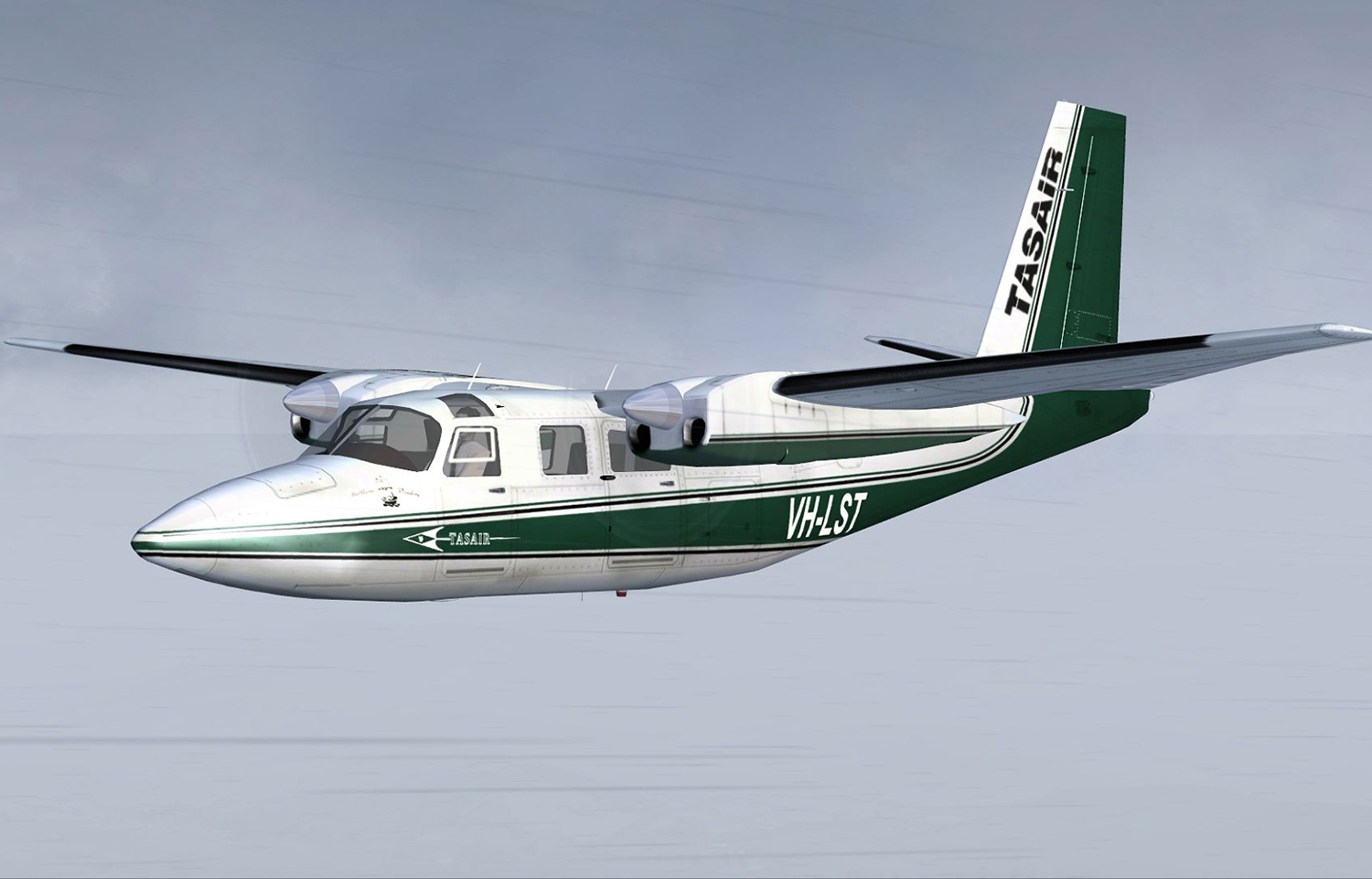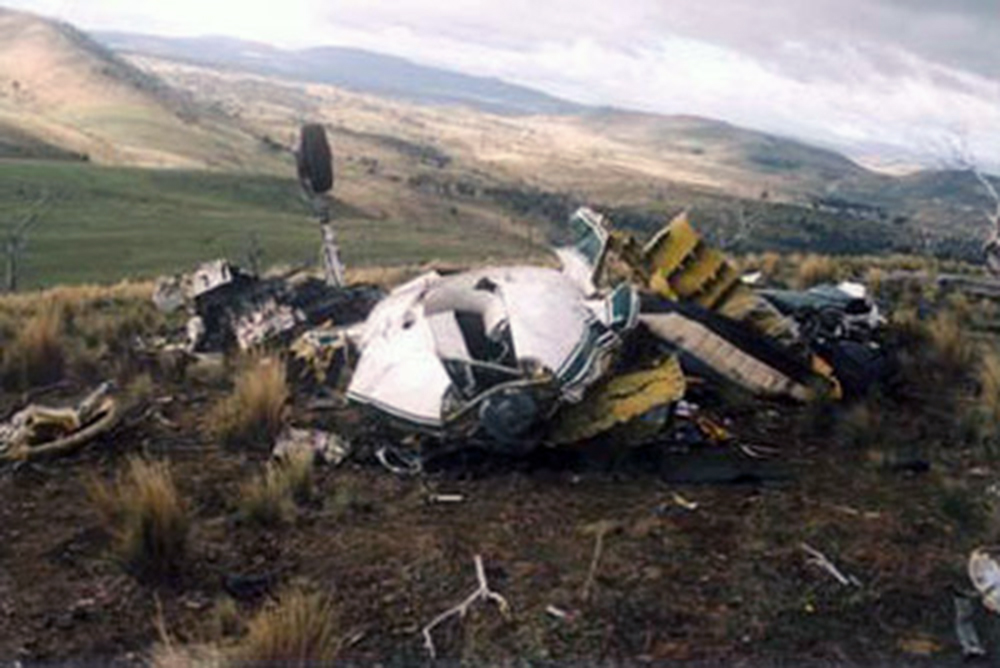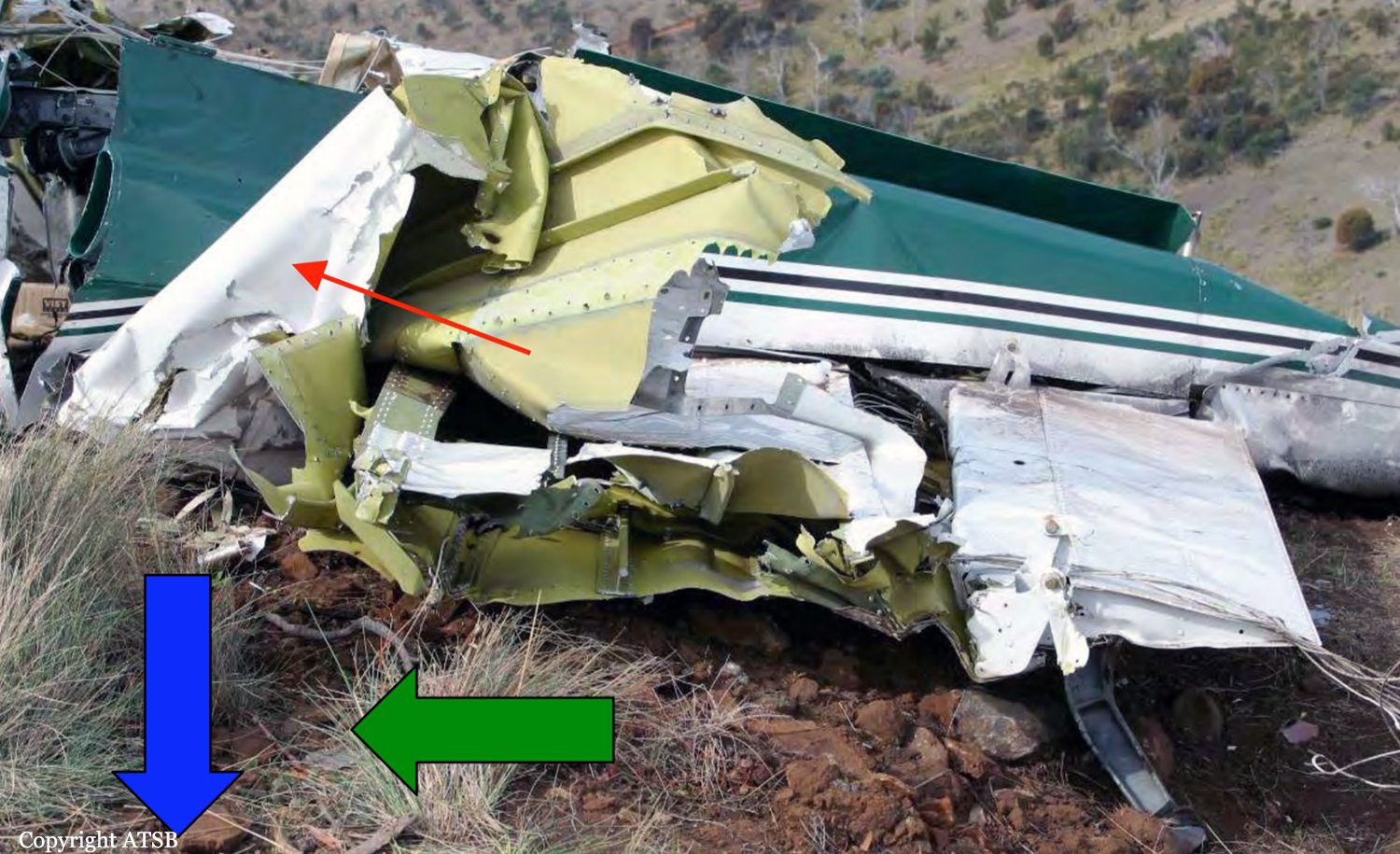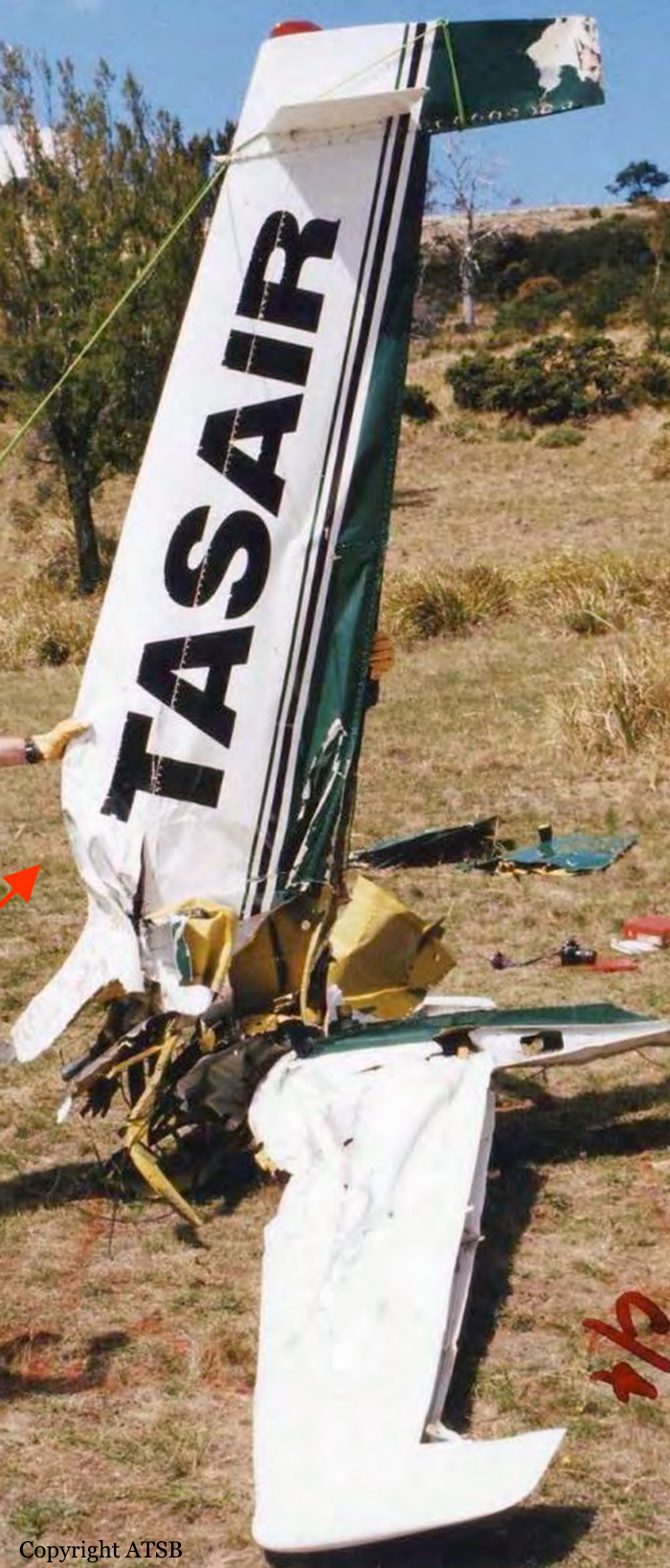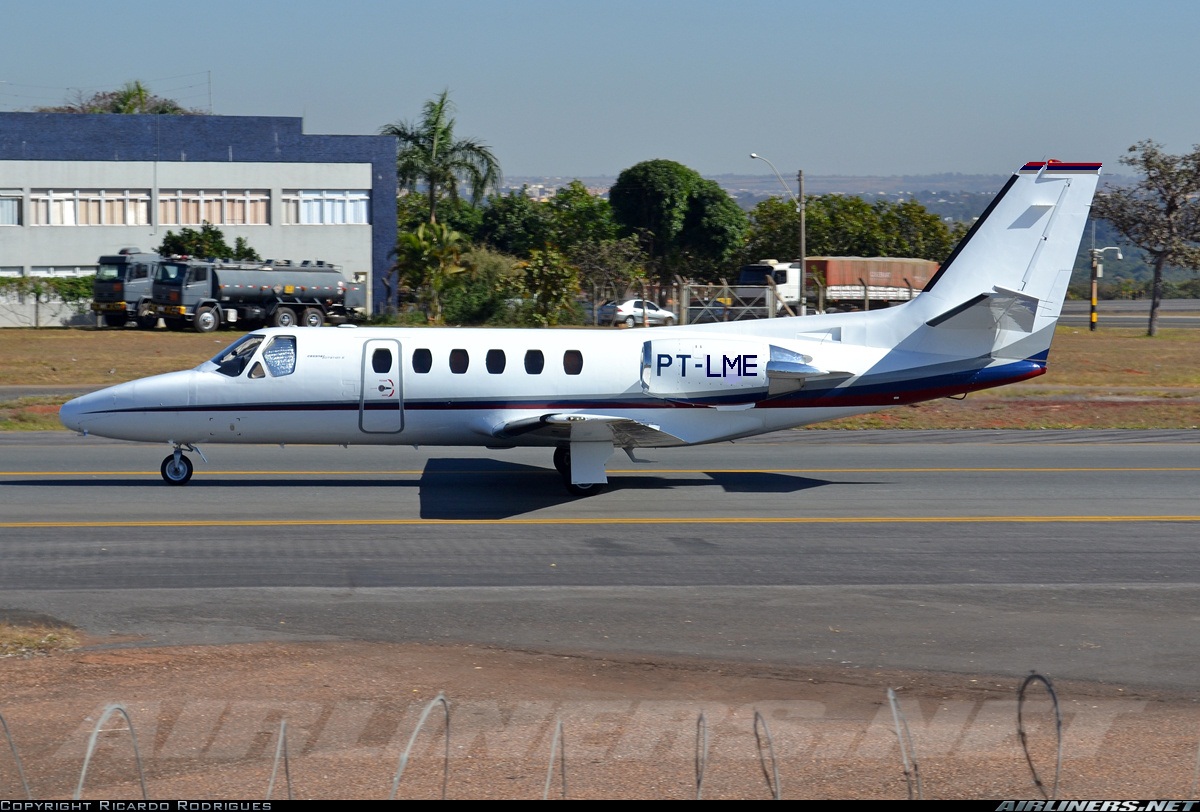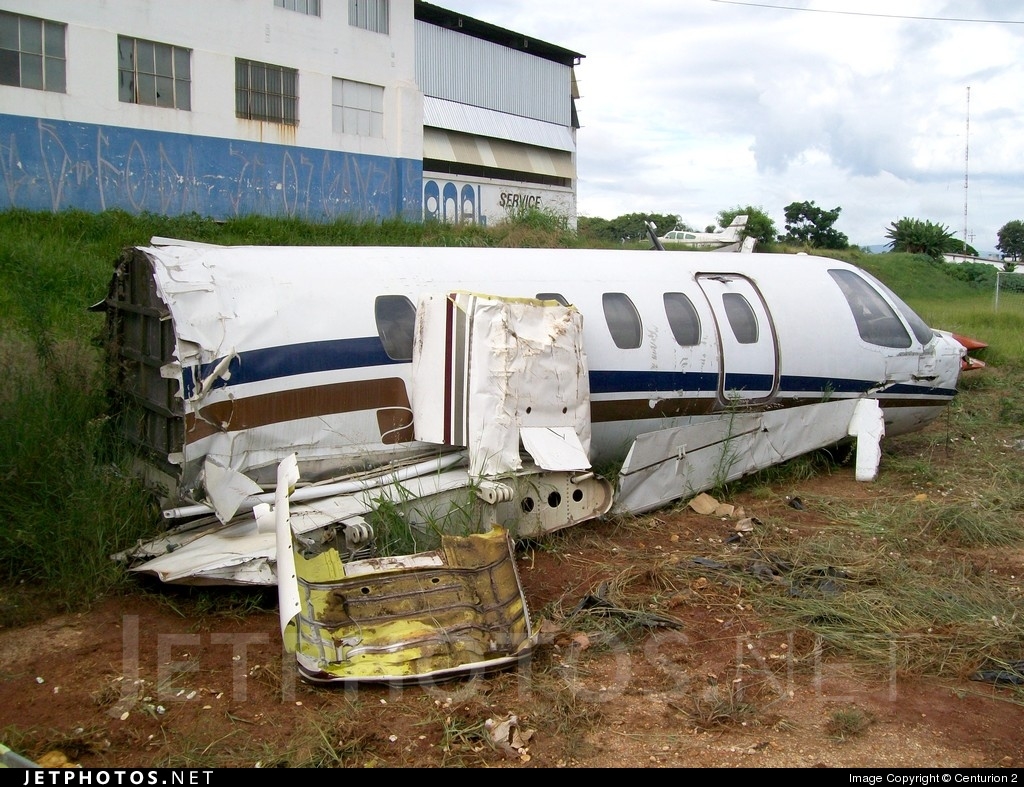Crash of an Embraer EMB-820C Navajo in Monsenhor Gil: 2 killed
Date & Time:
Feb 23, 2004 at 1100 LT
Registration:
PT-EBU
Survivors:
No
Schedule:
Picos – Teresina
MSN:
820-005
YOM:
1975
Crew on board:
2
Crew fatalities:
Pax on board:
0
Pax fatalities:
Other fatalities:
Total fatalities:
2
Circumstances:
Following several flights during the last days, the crew departed Picos on the last leg to Teresina. While descending to Teresina-Senador Petrônio Portella Airport, the crew informed ATC about the failure of the left engine and reduced his altitude to attempt an emergency landing. The aircraft struck a tree and crashed in an open field located about 800 metres from a road. The wreckage was found 51 km southeast of Teresina Airport. Both pilots were killed.
Probable cause:
Failure of the left engine due to fuel exhaustion. The following findings were identified:
- Poor flight preparation,
- Complacency, overconfidence,
- Contempt for published procedures and poor judgment,
- The copilot's licence and medical documents were expired.
- Poor flight preparation,
- Complacency, overconfidence,
- Contempt for published procedures and poor judgment,
- The copilot's licence and medical documents were expired.
Final Report:


